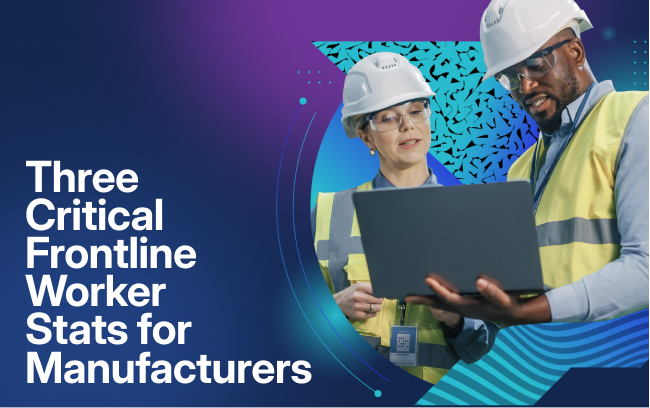September 26, 2017
7 Min. Read

For years, educators have understood the power of interactivity when it comes to learning – whether in a classroom, or an online interactive eLearning program. Interactivity both online and in classrooms has been shown to triple learning retention rates, engage students more effectively, and provide an overall more positive experience.
So whether you’re working in human resources management, corporate training, or any other corporate field, your company can benefit from using interactive training to boost employee engagement.
Interactive learning is one of the most powerful tools for the development of employee skills – and there are quite a few who believe that the future of education lies in digital, interactive learning platforms.
In this article, we’ll discuss the power of interactivity, and why it’s such an effective tool for the development of employees in your business. Take a look!
Interactivity encourages critical thinking.
Interactivity is one of the most powerful ways to encourage critical thinking skills. Rather than simply having students absorb a large volume of information, an interactive learning environment forces them to interact – either with each other, or with an online eLearning program.
This is the difference between information transfer and information understanding. In a traditional, lecture-based classroom or employee education session, all you’re doing is transferring information. While this can be effective in some scenarios – such as discussing an employee handbook or other basic employee onboarding topics, it’s not an engaging, interesting learning process.
On the other hand, an interactive learning environment promotes true understanding. When open-ended questions are asked, employees have to engage with one another to come up with answers and discuss topics.
The same goes for interactive eLearnings that present open-ended scenarios. When an answer is not simply given, but must be learned by engaging with source material, critical thinking skills are honed – and retention of information skyrockets.
That’s the difference between information transfer and information understanding. Information transfer only involves memorization – while information understanding requires learners to actually engage with source material. This difference is somewhat related to our next point.
Interactivity creates an “active” learning experience.
The difference between active and passive learning is, in a word, dramatic. Passive learning is probably what you think of when you picture a classroom or lecture hall. There is a course instructor with a bunch of information, and they’re talking about that information and trying to transfer it to students – who remain still, quiet, and totally unengaged.
Passive learning has its place – but for most topics, it’s a much less effective learning strategy than active, engaging learning experiences. An active learning experience is any learning strategy that requires some kind of input from the learner to continue.
Active learning encourages critical thinking, problem solving, and experimentation – making it a very valuable tool for increasing employee engagement, and creating a more satisfying, interesting learning experience.
eLearnings are the perfect way to deliver a dynamic, active learning experience. This is due to their inherent interactivity. During an eLearning session, the user is totally in control of their learning environment, and interactive problems, quizzes, videos, and Q&A sections encourage employees to take a much more active role in their own learning experience.
Interactivity increases employee engagement with course material.
Consider the following two scenarios. In the first, you’re working in human resources management, and must onboard a new employee, and educate them about various company policies.
One of the policies you cover is sexual harassment, as required by law. You hand them a packet with all of the information your company has regarding this issue, and ask them to read it. They agree – and then you move on with your day.
Do you think it’s likely that the employee will engage with that course material? Even if they have good intentions, they likely won’t. They’ll skim the packet, understand the basics, and set it aside as they think about more pressing issues.
The second scenario is much the same – except this time, you’re using an advanced eLearning program like Schoox. You help the employee log onto their eLearning portal, and show them the disaster evacuation and recovery course. Then, your new employee must work through a comprehensive course with real-life scenarios, quizzes, and interactive/video media, with a test at the end of the course.
Which of these methods seems more likely to engage your employees? Which one will provide a more high-quality education? That’s what we thought!
Because interactivity forces learners to think critically about scenarios and truly engage with course content, it’s an incredibly powerful tool – especially for material that is usually considered “boring” or “dry”.
Use the power of interactivity in your business–and train employees more effectively!
Whether you choose to use collaborative, in-class instruction methods, or online eLearning courses like those from Schoox, interactivity is an incredibly powerful tool. Taking the time to create educational experiences that are active and engaging is a great way to promote employee engagement, and teach workers more effectively.
So don’t rely on passive learning to educate your employees. Start using the power of interactivity to boost engagement, learning retention, and critical thinking today!



